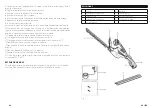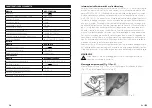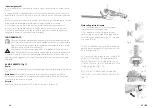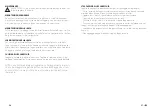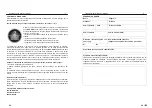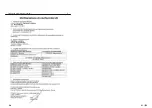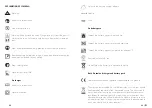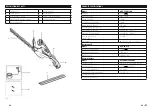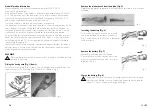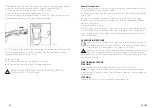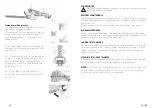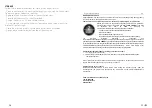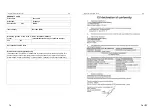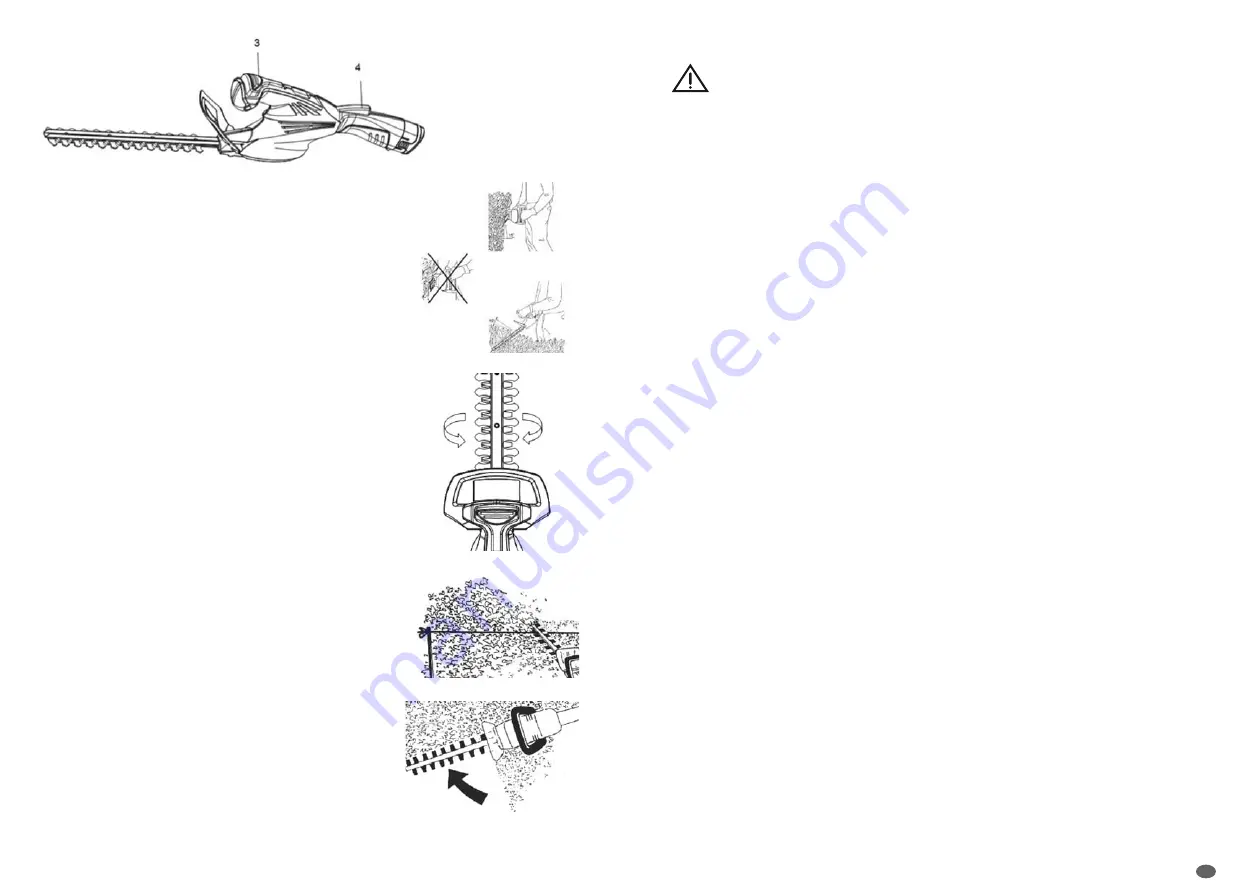
75
74
Notes on working practice
1) A hedge trimmer can be used to cut shrubs
and bushes as well as hedges.
2) To obtain the best cutting results, hold the
hedge trimmer so that the cutter teeth are
at an angle of approx. 15° in relation to the
hedge (Fig. 8).
3) The twin-bladed cutters rotate in opposite
directions, thus enabling cutting in both direc-
tions (Fig. 9).
4) It is recommended to tie a guide line of
string or the like along the hedge so that
you cut the hedge to a level height. Cut off
all branches which protrude beyond the
guide line (Fig. 10)
5) Cut the sides of the hedge with cur-
ve-shaped movements from the bottom
up (Fig. 11).
Fig. 7
Fig. 8
Fig. 9
Fig. 10
Fig. 11
MAINTENANCE
WARNING!Before checking the hedge trimmer or carrying out work on
the blade, remove the battery.
GENERAL MAINTENANCE
Avoid using solvents when cleaning plastic parts. Most plastics are suscepti-
ble to damage from various types of commercial solvents and may be dama-
ged by their use.
Always ensure that the ventilation openings are kept clear from debris.
BLADE MAINTENANCE
Always clean the cutting blades after operation and lubricate as described
below. Perform regular visual checks/inspection on the cutting edges of the
blade and check the tightness of the blade bolts.
LUBRICATING THE BLADE
For easier operation and longer blade life, lubricate the hedge trimmer blade
before and after each use. Stop the motor and remove the battery. Lay the
hedge trimmer on a flat surface. Apply light weight machine oil along the
edge of the top blade.
CLEANING THE HEDGE TRIMMER
Stop the motor and remove the battery. Clean dirt and debris from the body
of the hedge trimmer, using a damp cloth with a mild detergent.
NOTE:
Do not use any strong detergents on the plastic housing or the
handle. They can be damaged by certain aromatic oils such as pine
and lemon, and by solvents such as kerosene.
GB


